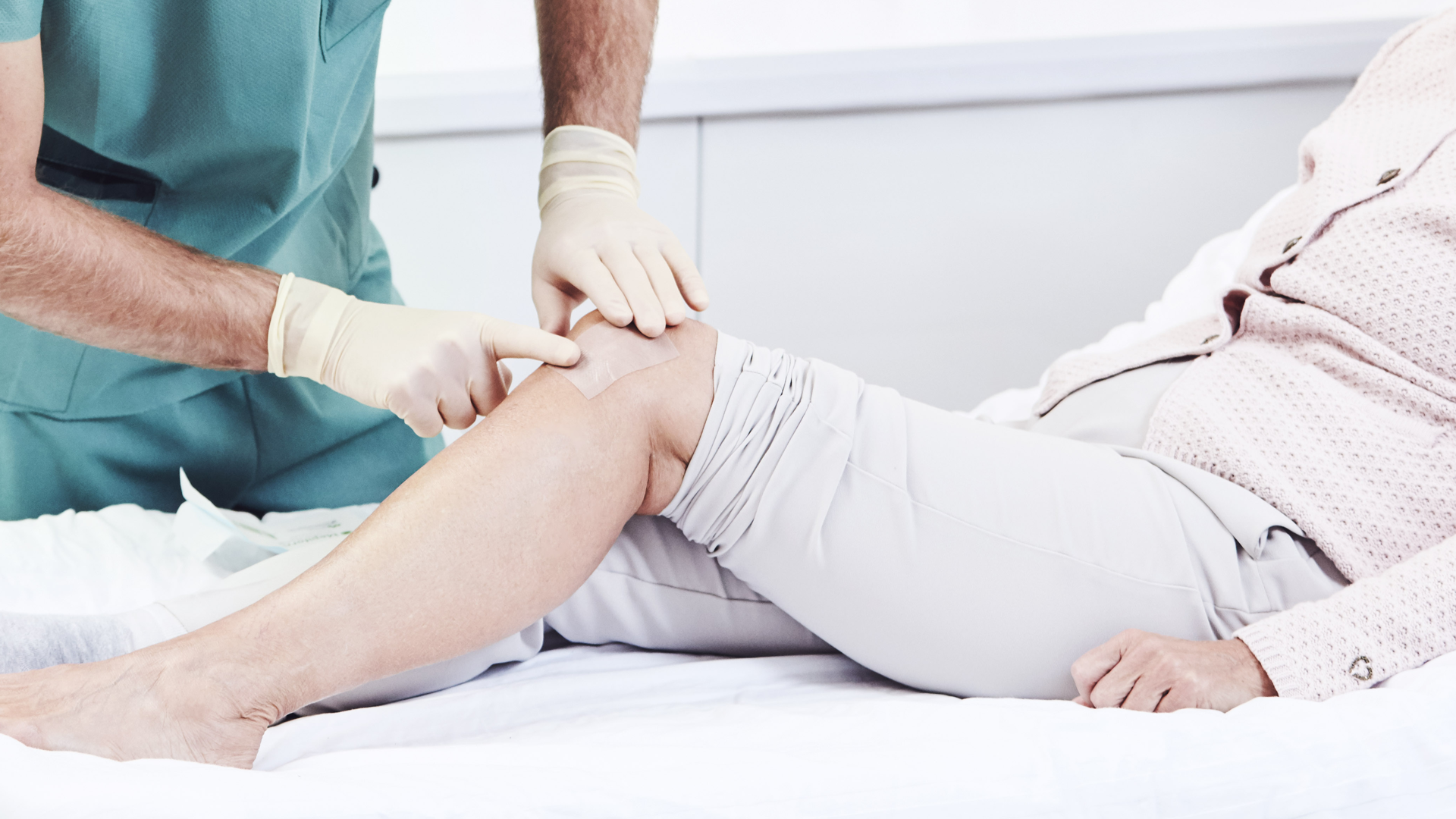
Every year, many people experience some accident or trauma that leads to an open wound. Minor, or acute, open wounds might not require medical treatment. People can treat these sorts of wound reception.
However, severe open wounds that involve significant bleeding would require immediate medical attention. Like all other types, open wounds require a special understanding, and unique treatments. That’s because these injuries have a variety of harmful complications, including the added risk of infection, scarring, and a possible loss of function.
Generally speaking, the standards for an open wound is any external injury that results in an opportunity in tissue, thus exposing the blood vessels, muscles, and bones underneath. However, there are five distinct sorts of open wounds. Avulsions could also be the foremost severe, with sizable tissue loss and heavy bleeding. Less severe are abrasions, during which the skin has been only scraped or rubbed. An incision is that the technical term for cuts of varying depth, while lacerations are more irregular tissue tears. The nds last quite open wound are punctures, during which the skin has been pierced by a pointed object.
If the wound is the result of a significant accident or trauma, it’s a good idea to hunt out help ASAP. An equivalent action should be taken if the wound is at least half an inch in-depth, or there’s an excessive amount of tissue lost. Some bleeding is predicted with open wounds, but if it lasts longer than 20 minutes or won’t stop even with direct pressure, then you’ll need medical assistance healing open wounds.
While healing open wounds things like cleaning the wound immediately and applying pressure are always beneficial, never use antiseptics like peroxide or iodine, which are too harsh for the skin, or any quiet dressing which may dry out the wound site. As for treatments, doctors have a couple of options available. Depending on the severity of the wound, they’ll offer you a tetanus booster beforehand. A round of antibiotics to stop infection may additionally be prescribed by your doctor. As for healing open wounds, sutures, glue, and stitches are most ordinarily used. Hyperbaric oxygen therapy is one option that involves exposing the body to 100% oxygen at a pressure that’s greater than normal. Wounds need oxygen to heal properly. Exposing a wound to 100% oxygen may help with healing open wounds.
Depending on the situation of your wound and therefore the potential for infection, your doctor might not close the wound and let it heal naturally. This is often referred to as healing by secondary intention, meaning from the bottom of the wound to the superficial epidermis.
This process may require you to pack your wound with gauze. Although the healing might not look pretty, it prevents infection and therefore the formation of abscesses.
Dressings also play a crucial role within the healing open wounds process, and you’ll be fitted with some that maintain moisture levels or offer added protection against bacteria, removing the old bandages and checking for signs of infection every 24 hours. Disinfect and dry the wound before reapplying a clean bandage or gauze. Remember to stay the wound dry while it heals.
Another healing open wounds treatment includes pain medication. Your doctor can also prescribe penicillin or another antibiotic if there’s an infection or high risk for developing an infection. In some cases, you’ll need surgery.
